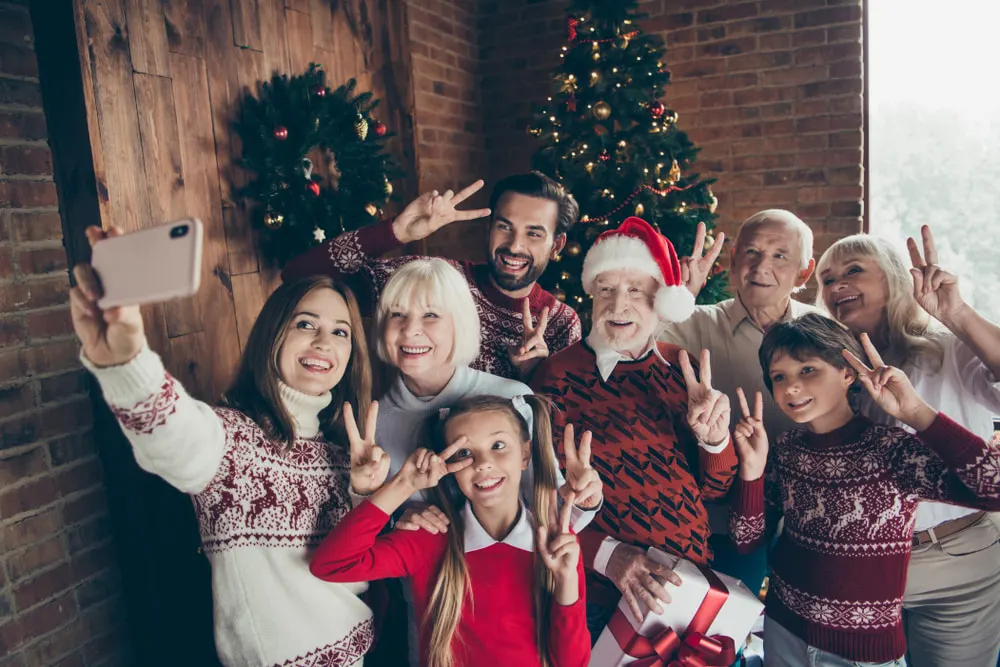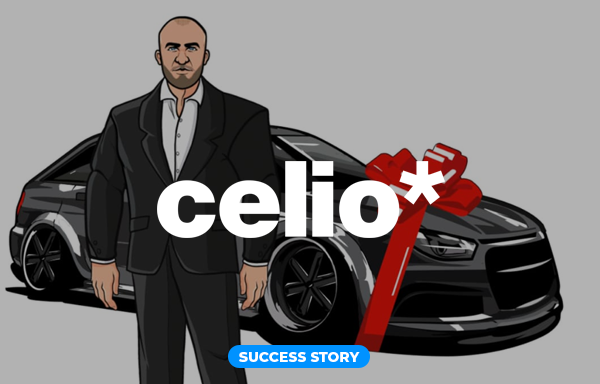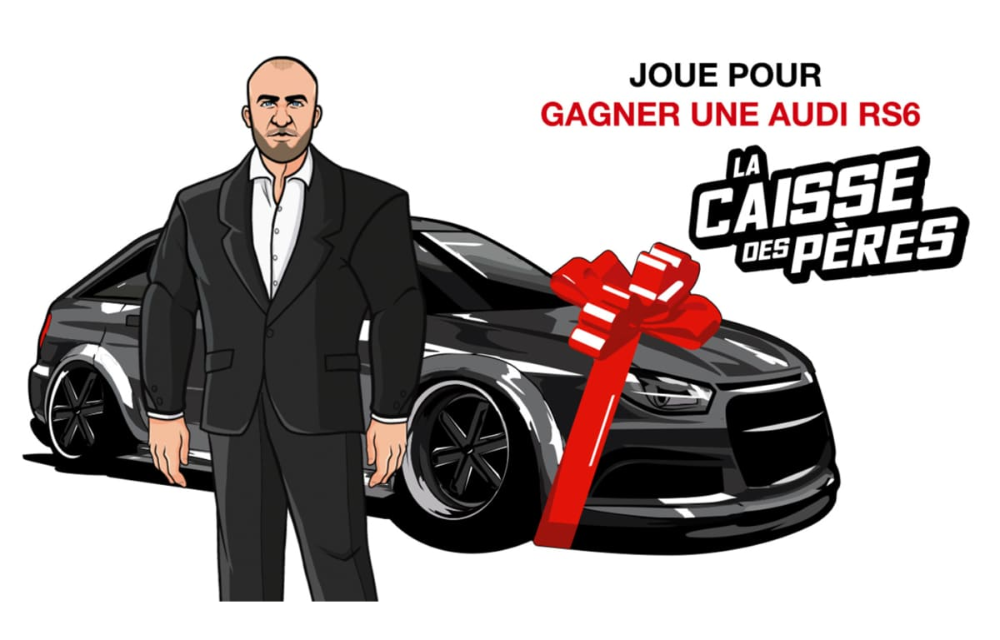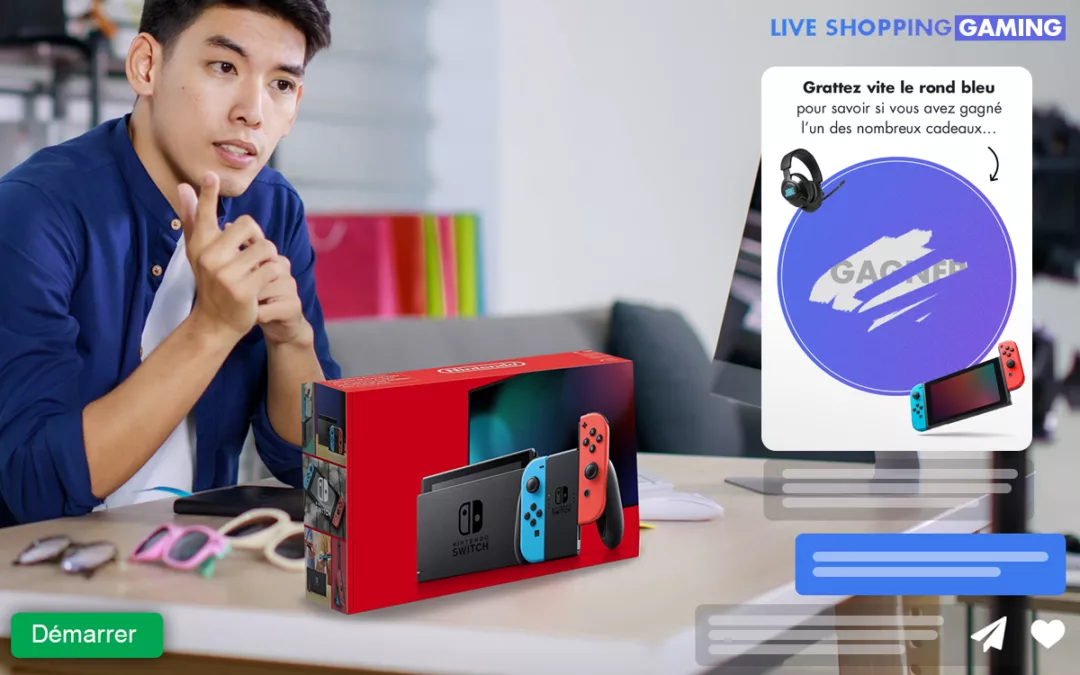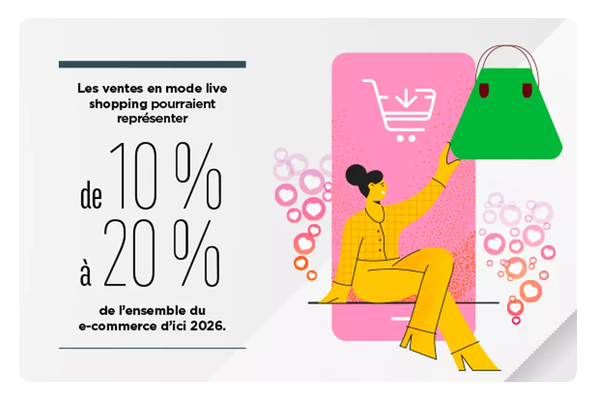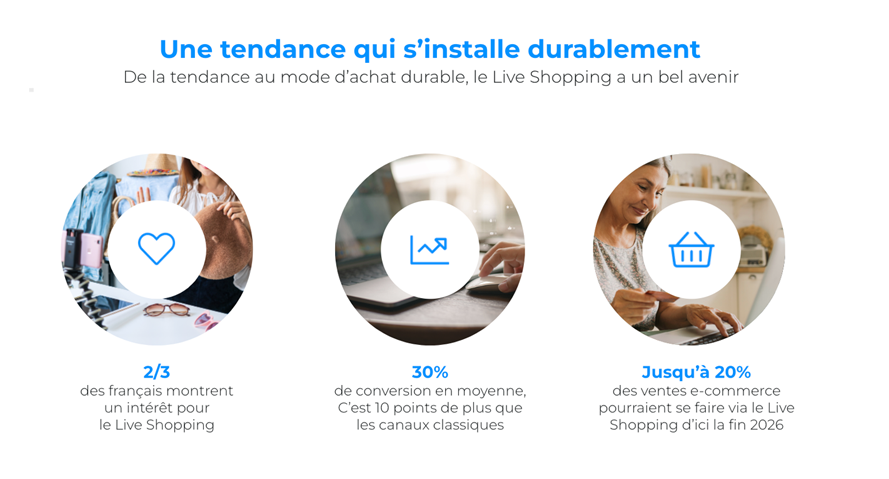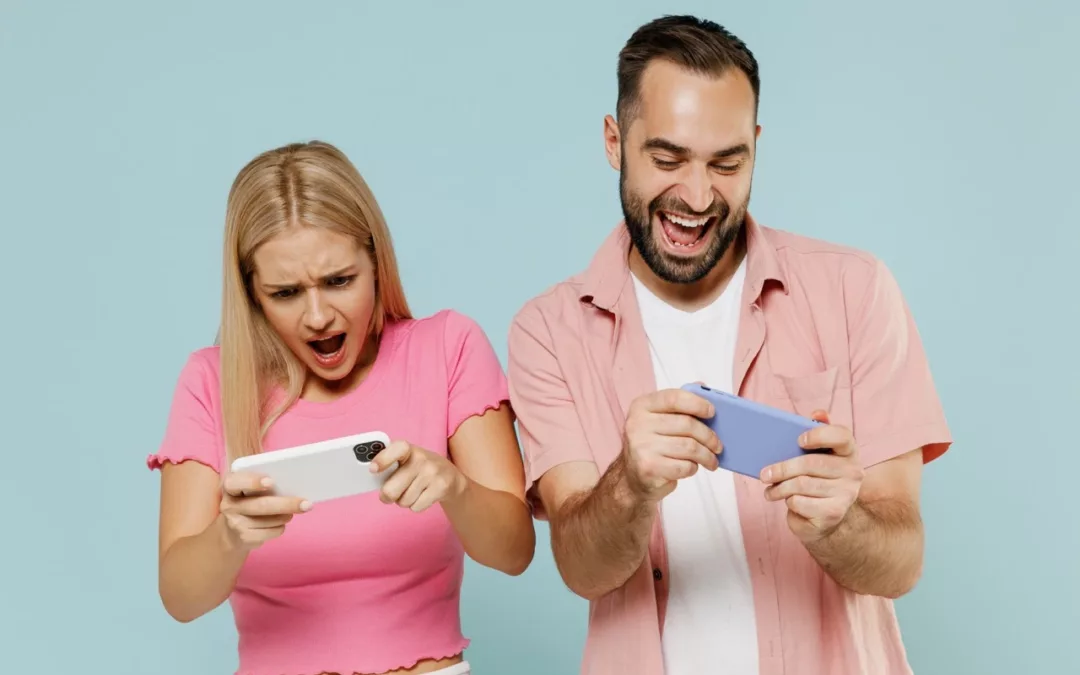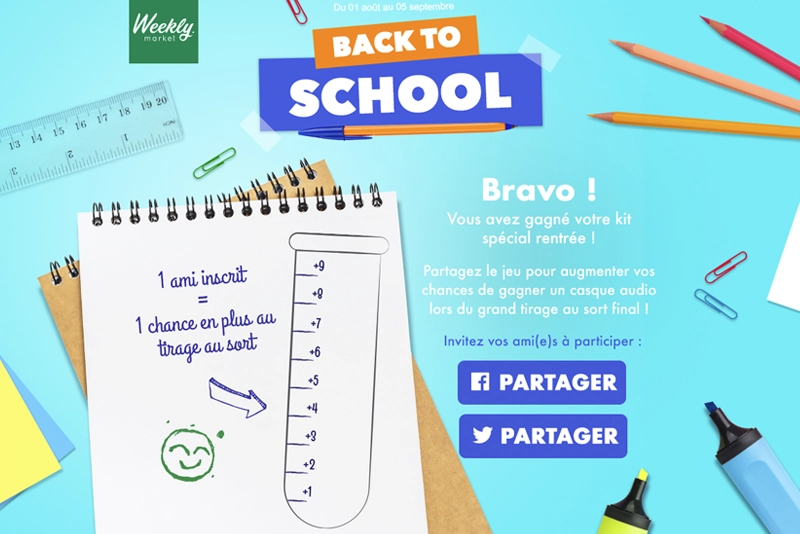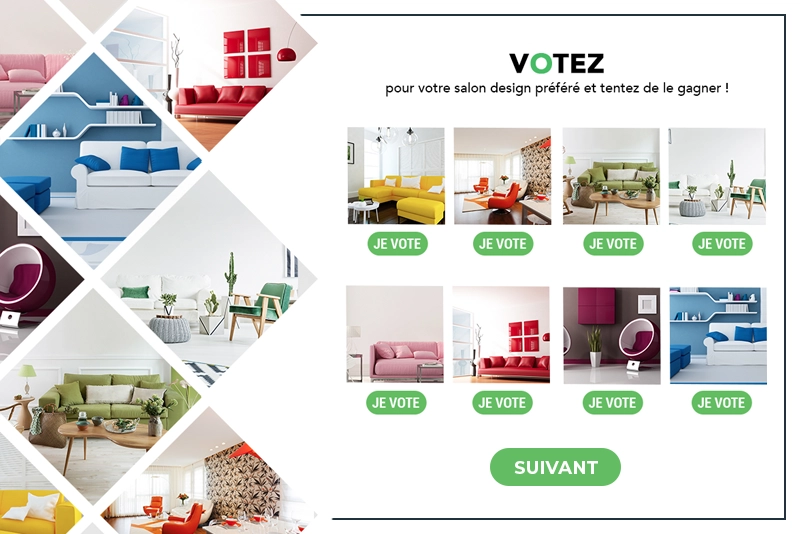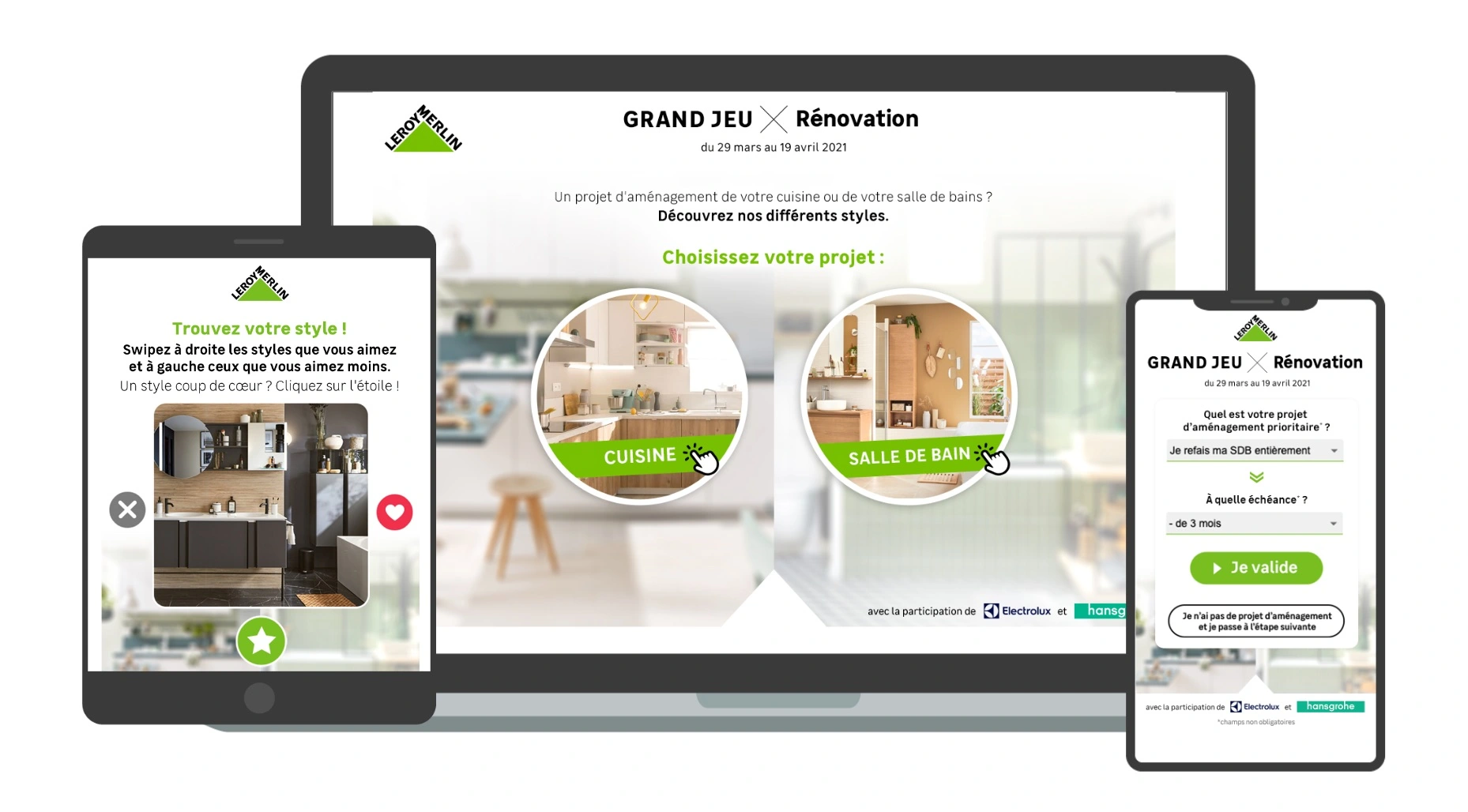
6 original ideas for Halloween marketing campaigns
Halloween is becoming increasingly popular in France. As a result, many brands are organising marketing campaigns around Halloween to engage their audience and boost conversion.
You’re looking for inspiration for your future Halloween marketing activities? Adictiz has some ideas for marketing campaigns that will help you make the most of the excitement surrounding this terrifying and fun festival!
Engage fans and convert new customers with a Halloween marketing campaign
Like many other marketing favourites (such as Christmas, back-to-school or Valentine’s Day), Halloween lends itself perfectly to the organisation of an interactive campaign.. En effet, les consommateurs sont particulièrement attentifs aux marques qui proposent des animations et leur permettent de remporter des cadeaux ou des promotions.
To attract the attention of your audience and stand out from your competitors, Halloween marketing campaigns rely on gamification and interactivity. Gamification is an effective lever for increasing visibility, but also for building loyalty and animating your community of fans.
By offering rewards to participants, companies can boost their commitment and attract new customers. They also attract qualified leads to their online or physical shop by rewarding the winners with promotions. Interactive marketing games are therefore an excellent way of increasing traffic to your site and converting more customers.
In short, Halloween games facilitate interaction between the brand and its audience and increase the chances of triggering a purchase!
6 ideas for Halloween marketing campaigns this year
There’s no shortage of gamification techniques to engage your audience this Halloween. Here are a few ideas for Halloween marketing campaigns to help you stand out from the crowd this year.
1. An interactive quiz on the theme of Halloween
Many French people celebrate Halloween without knowing its true meaning Did you know, for example, that the word Halloween is a contraction of ‘All Hallows’ Eve’?
The interactive quiz can therefore be an excellent idea for a Halloween event to test your community’s knowledge of the subject. Halloween is synonymous with horror films. So we can imagine a trivia game based on the most famous films. The participants who find the most correct answers could win a nice prize.
2. Trick-or-treating
Companies can exploit the Halloween theme by transposing it into an interactive digital marketing game such as a treasure hunt (or Hidden Object). Cette mécanique d’animation consiste à find objects hidden in a picture. In exchange, users can receive rewards following a prize draw.
The treasure hunt can be easily adapted to Halloween themes, this time taking place in a cemetery or a haunted manor house. The hidden objects will be sweets of all kinds, or products marketed by the brand, which will showcase them in a more fun and engaging way.
3. The Halloween difference game
The difference game is a classic marketing challenge. This time, participants will have to
detect differences between two images. By adding a timer, brands can make this Halloween animation even more engaging.
To keep with the Halloween theme, simply choose an image from a horror film or one inspired by Halloween folklore.
4. A terrifying puzzle
The puzzle game consists of putting together a visual in a given time to win as many points as possible. The best players will then be drawn at random to win gifts, free prizes or rewards (such as promotions or free delivery).
Once again, this Halloween competition is very easy to adapt to the horror theme while respecting your image and brand universe. For example, companies can use a photo of their teams dressed up for the occasion and invite their community to recreate the original image and guess who is behind each costume.
It’s also an ideal way to promote special Halloween products and challenge customers by displaying the results of the fastest players at the end of each game.
5. A “trick or treat” one-armed bandit
Traditionally, children dress up for Halloween, then go and ring doorbells to ask for sweets or ‘cast a spell’.
Companies can confront their customers with the same dilemma by organising a one-armed bandit-style competition. Très populaire dans l’univers du casino, cette animation marketing s’adapte facilement à chaque occasion spécifique ainsi qu’à chaque univers de marque. Pour Halloween, on peut imaginer que les symboles qui défileront sur le bandit manchot seront sweets or magic wands/skulls.
Winners will be able to unlock benefits to use on the brand’s website. This ultra-simple, fun format is an excellent way of driving traffic and engagement, as well as boosting your conversion rate for Halloween.
6. Photo competition for the best costume
Another great idea for Halloween activities is the photo competition. Ce jeu marketing encourage la créativité des clients en les incitant à partager leurs costumes et maquillages d’Halloween sur les réseaux sociaux.
To boost the visibility of this Halloween competition and make it go viral, all you have to do is create a hashtag for the occasion and offer an exceptional prize to the best costumes!
Photo competitions are also very effective for generating user generated content (UGC)directly related to their brand and products. Companies will then be able to re-use the best photos (with the agreement of the participants) for their next Halloween campaigns and actions.
Need help organising your Halloween competition? Discover
all the gamified marketing mechanisms of Adicitz and launch a truly original and engaging campaign!



